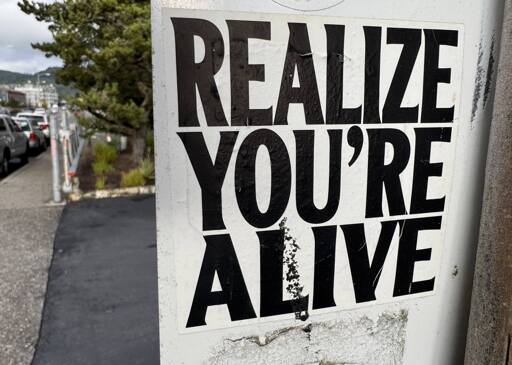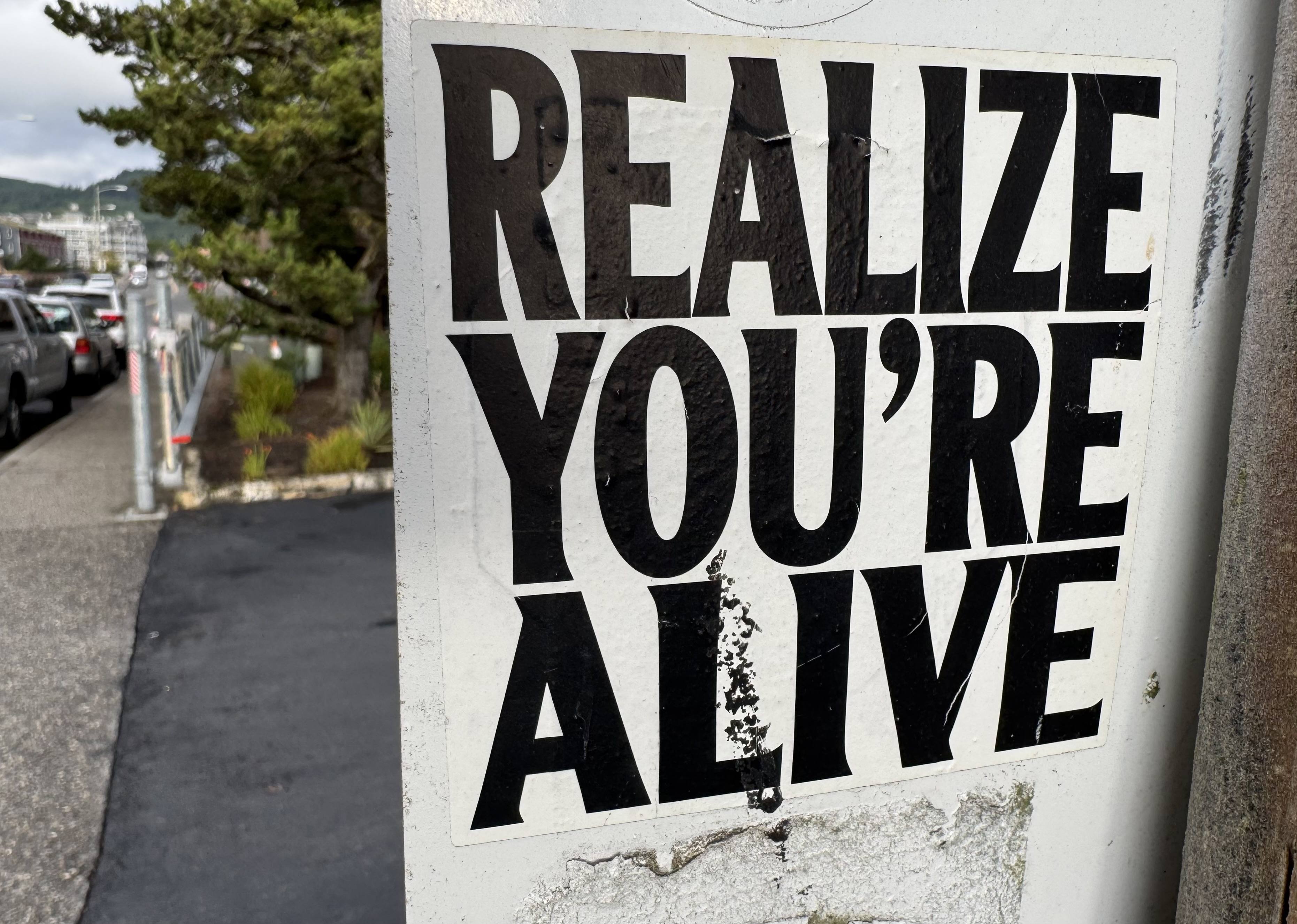Photograph by Nathaniel St. Clair
Near-death experiences (NDEs) are a widely reported yet poorly understood phenomenon. Though there is no agreed-upon definition of an NDE, it has been described as “profound psychological events with transcendental and mystical elements, typically occurring in individuals close to death or in situations of intense physical or emotional danger,” according to a study published in the Yearbook of Intensive Care and Emergency Medicine 2009. NDEs are reported in 4 to 9 percent of the population and among nearly 23 percent of patients who are critically ill. Healthy individuals who think they are in danger may also experience them.
With the improvement of technology and resuscitation techniques, people have become more curious about this topic. The 2012 book Proof of Heaven, written by retired American neurosurgeon Eben Alexander, popularized the concept of NDEs. As he lay close to death, in a coma caused by a brain infection, he had a transformative experience that included traveling through a black void “brimming over with light: a light that seemed to come from a brilliant orb,” he said, according to BBC Science Focus magazine.
Such experiences, for which we have only the subjective reports of patients, usually occur when an individual is in “transitory and reversible cardiac arrest,” which is another way of saying, “clinically dead.” Without resuscitation and other interventions, recovery of brain function more than three minutes after a cardiac arrest is rare. For a person to be dead, however, the U.S. Uniform Determination of Death Act requires that physicians decide, by applying prevailing clinical criteria, that cardiorespiratory or brain functions are absent and cannot be restored.
Patients who have had NDEs often report having heard themselves being pronounced dead. Still, far from experiencing alarm, they report feeling a sense of peace. These accounts frequently include hearing unusual noises, seeing a dark tunnel, experiencing out-of-body sensations, encountering spiritual beings, witnessing a bright light or a “being of light,” entering a realm of bewildering spirits, sensing a boundary or limit, and finally, returning to their physical bodies. According to the study published in 2009, interviews with individuals who have had NDEs have pointed out five stages that occur in the following order: “(1) a feeling of peace and well-being; (2) separation from the physical body; (3) entering a region of darkness; (4) seeing a bright light; and (5) going through the light and entering another realm.”
Origin of the Term
The term “near-death experience” was coined by physician Raymond Moody in 1975, who used it in the context of out-of-body experiences, although the term had been used three years earlier by John C. Lilly. In his book Life After Life (1976), Moody claimed that 150 near-death survivors reported positive visionary experiences of passing down a dark tunnel toward a bright light. But descriptions of these experiences go back further.
The French term expérience de mort imminente (experience of imminent death) was proposed by French psychologist and epistemologist Victor Egger in the 1890s. Such experiences were noted by clinicians based on observations of workers who had fallen from scaffolds, soldiers who had suffered terrible injuries on the battlefield, and climbers who had tumbled from slopes. In 1968, Celia Green published an analysis of 400 first-hand accounts of out-of-body experiences. She was the first to see NDEs as experiences worth investigating rather than as anomalous perceptions or hallucinations.
Who Reports a Near-Death Experience?
Scientists have tried to explain how and why NDEs occur. There are two scales typically used to measure NDEs based on subjective accounts: The Weighted Core Experience Index (WCEI) and the NDE scale created by Greyson. The WCEI has 10 components, which are scored based on their presence or absence. (The maximum score is 29.)
Clinical studies suggest that the characteristics of NDEs do not vary by culture. However, some researchers have revealed differences. “The variability across cultures is most likely to be due to our interpretation and verbalizing of such esoteric events through the filters of language, cultural experiences, religion, education and their influence on our belief systems either shedding influence as an individual variable or more often perhaps by their rich interplay between these factors,” stated a 2008 study published in the journal Transcultural Psychiatry.
The frequency of these experiences in survivors of cardiac arrest varies from 2 to 13 percent, and they seem to be more common in younger patients. Significantly more patients who had an NDE, especially a deep experience, died within 30 days of being resuscitated, a 2001 Lancet study found, adding that “[t]he process of transformation after NDE took several years, and differed from those of patients who survived cardiac arrest without NDE.”
The Lancet study also stated that 62 (18 percent) of 344 cardiac arrest survivors reported a near-death experience, and 41 of them scored six or more on the WCEI. Also, there were no reports of patients experiencing distressing NDEs. Factors such as medication, fear of death before cardiac arrest, and the duration of the NDE were ruled out as possible explanations for why the patients had the experience. However, people below age 60 were more likely than older people to report an NDE, along with people suffering their first myocardial infarction. Women were more likely to report vivid NDEs after surviving cardiac arrest, and they tended to be older: 66 versus 61 years of age for male survivors.
In another study published by Signa Vitae in 2011, researchers showed that the severity of a life-threatening situation was associated with a higher incidence of NDEs, suggesting that they are more likely to occur in patients who find themselves “closer to death or have a lesser possibility for survival.”
The Organic Explanation
[Content truncated due to length…]
From CounterPunch.org via this RSS feed






